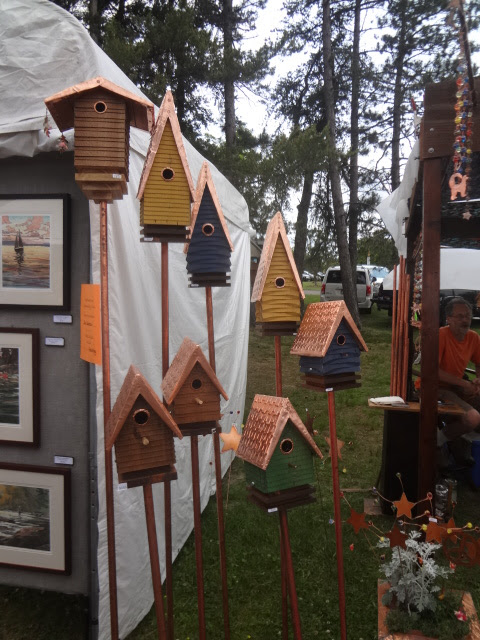The other day while looking up information about Arizona I came across a link to the shootout at the O.K. Corral. With the weekend's headline announcing the shooting of Richard Matt and yesterday's capture of David Sweat, the two fugitives who escaped from a Federal prison on June 6, I thought it would be an interesting topic today.
The Wikipedia account of the shootout begins like this:
The Gunfight at the O.K. Corral was a 30-second gunfight between outlaw Cowboys and lawmen that is generally regarded as the most famous gunfight in the history of the American Wild West. The gunfight took place at about 3:00 p.m. on Wednesday, October 26, 1881, in Tombstone, Arizona Territory. It was the result of a long-simmering feud between Cowboys Billy Claiborne, Ike and Billy Clanton, and Tom and Frank McLaury, and opposing lawmen: town Marshal Virgil Earp, Assistant Town Marshal Morgan Earp, and temporary deputy marshals Wyatt Earp and Doc Holliday.
In this case the lawmen won. Three of the cowboys were killed and two ran away. And yet it wasn't till 50 years later the incident reached the broader public, due to a largely fictional story about the life of Wyatt Earp. In the mid-1950s the legend grew even larger through a television show that aired for six years with a catchy lead-in ditty, "Wyatt Earp, Wyatt Earp, brave courageous and bold." (Here's the song in full, as manly as the man. Not hard to imagine a Monty Python spoof on this one.)
While European writers were wrestling with issues of existence and meaning, 1950's Americans were taken up with B&W television heroes in a world where good and evil was highly defined in black and white.
What gave us such an insatiable thirst for Hollywood Westerns? When I Googled the question as to why Westerns were so popular in the 50's I came across this discussion thread with many insights. First, Westerns weren't just a staple of the Fifties. Hollywood had been making such features since the early silent movie days. Second, as more than one person noted, "They were simple morality plays that could translate to any audience and had slightly believable violence.... Also they were inexpensive to make."
When the film version of the O.K. Corral incident came out it featured Burt Lancaster and Kirk Douglas as Wyatt Earp and Doc Holiday. How real the story gets told is anyone's guess, but Hollywood's aim at that point was financial.
There's at least one similarity between the O.K. Corral and the New York prison fugitives. Once bullets were fired the encounters with authorities were over pretty quick.
There's a difference between the two stories as well. Fifty years after the shootout in Tombstone a book was written about it and 80 years later a movie and television series. I can't help but imagine this most recent drama will be long forgotten in fifty years, if not fifty weeks by most of us. But then again, who knows? Maybe someone will write a book and sell the rights to Hollywood...
For the Wikipedia account: click this link.
The Gunfight at the O.K. Corral was a 30-second gunfight between outlaw Cowboys and lawmen that is generally regarded as the most famous gunfight in the history of the American Wild West. The gunfight took place at about 3:00 p.m. on Wednesday, October 26, 1881, in Tombstone, Arizona Territory. It was the result of a long-simmering feud between Cowboys Billy Claiborne, Ike and Billy Clanton, and Tom and Frank McLaury, and opposing lawmen: town Marshal Virgil Earp, Assistant Town Marshal Morgan Earp, and temporary deputy marshals Wyatt Earp and Doc Holliday.
In this case the lawmen won. Three of the cowboys were killed and two ran away. And yet it wasn't till 50 years later the incident reached the broader public, due to a largely fictional story about the life of Wyatt Earp. In the mid-1950s the legend grew even larger through a television show that aired for six years with a catchy lead-in ditty, "Wyatt Earp, Wyatt Earp, brave courageous and bold." (Here's the song in full, as manly as the man. Not hard to imagine a Monty Python spoof on this one.)
While European writers were wrestling with issues of existence and meaning, 1950's Americans were taken up with B&W television heroes in a world where good and evil was highly defined in black and white.
What gave us such an insatiable thirst for Hollywood Westerns? When I Googled the question as to why Westerns were so popular in the 50's I came across this discussion thread with many insights. First, Westerns weren't just a staple of the Fifties. Hollywood had been making such features since the early silent movie days. Second, as more than one person noted, "They were simple morality plays that could translate to any audience and had slightly believable violence.... Also they were inexpensive to make."
When the film version of the O.K. Corral incident came out it featured Burt Lancaster and Kirk Douglas as Wyatt Earp and Doc Holiday. How real the story gets told is anyone's guess, but Hollywood's aim at that point was financial.
There's at least one similarity between the O.K. Corral and the New York prison fugitives. Once bullets were fired the encounters with authorities were over pretty quick.
There's a difference between the two stories as well. Fifty years after the shootout in Tombstone a book was written about it and 80 years later a movie and television series. I can't help but imagine this most recent drama will be long forgotten in fifty years, if not fifty weeks by most of us. But then again, who knows? Maybe someone will write a book and sell the rights to Hollywood...
For the Wikipedia account: click this link.



























































